Views: 0 Author: Site Editor Publish Time: 2025-05-20 Origin: Site
Pneumatic pressure regulators, also known as air pressure regulators, are critical components in pneumatic systems designed to maintain a constant and stable output pressure, regardless of fluctuations in the input pressure or air demand. Acting as the "control center" for air pressure, they ensure downstream components—such as valves, cylinders, actuators, and tools—operate within their optimal pressure range. By reducing and regulating the supply pressure from compressors (up to 150 PSI) to the precise level required by the system (typically 40–100 PSI), these regulators protect equipment from damage, improve energy efficiency, and enhance process consistency.
Pneumatic pressure regulators operate on a feedback control mechanism:
Input Pressure Stage: High-pressure air from the compressor enters the regulator.
Pressure Reduction: A spring-loaded diaphragm or piston assembly senses the output pressure and adjusts a valve seat to restrict or allow flow, reducing the input pressure to the desired level.
Feedback Loop: As output pressure rises, the diaphragm pushes against the spring, closing the valve to reduce flow; if pressure drops, the spring opens the valve to increase flow. This maintains a steady output pressure, even as demand changes.Key components include:
Adjustment Knob: Sets the target output pressure.
Relief Valve: Releases excess pressure to prevent overloading.
Gauges: Display input and output pressures for real-time monitoring.
How They Work: Use a single spring-diaphragm assembly to directly control the valve, offering a simple and cost-effective solution.
Advantages: Compact size, fast response, and low cost make them ideal for low-flow applications.
Applications:
Small Pneumatic Tools: In a bicycle manufacturing plant, direct-acting regulators (e.g., SMC IR2020) maintain stable pressure for air drills, ensuring consistent torque for wheel assembly and reducing downtime from pressure fluctuations.
Laboratory Equipment: In pharmaceutical R&D labs, these regulators control air pressure for microfluidic devices, ensuring precise liquid handling in drug synthesis processes.
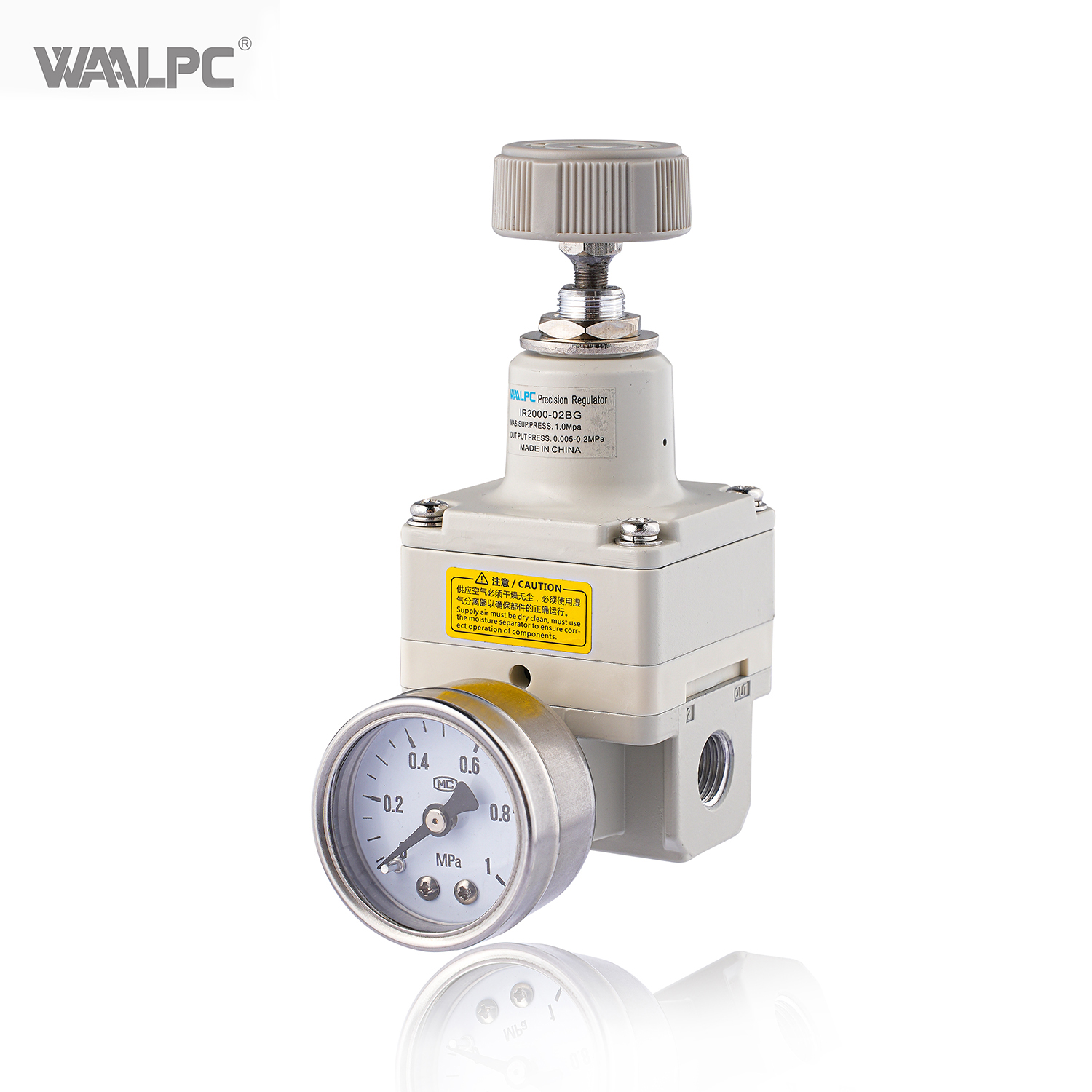
How They Work: Utilize a small "pilot" pressure signal to control a larger main valve, enabling higher precision and flow capacity.
Advantages: Superior pressure stability under high flow or rapid demand changes, suitable for high-pressure systems.
Applications:
Industrial Robotics: A major automotive manufacturer uses pilot-operated regulators (Festo LR-D-MAXI) in robotic welding arms to maintain ±0.3% pressure accuracy, ensuring consistent weld quality across thousands of vehicle frames daily.
Heavy Machinery: In a mining excavator, these regulators stabilize hydraulic-assisted pneumatic systems, allowing smooth bucket movement even when digging through varying soil densities, reducing component wear by 20%.
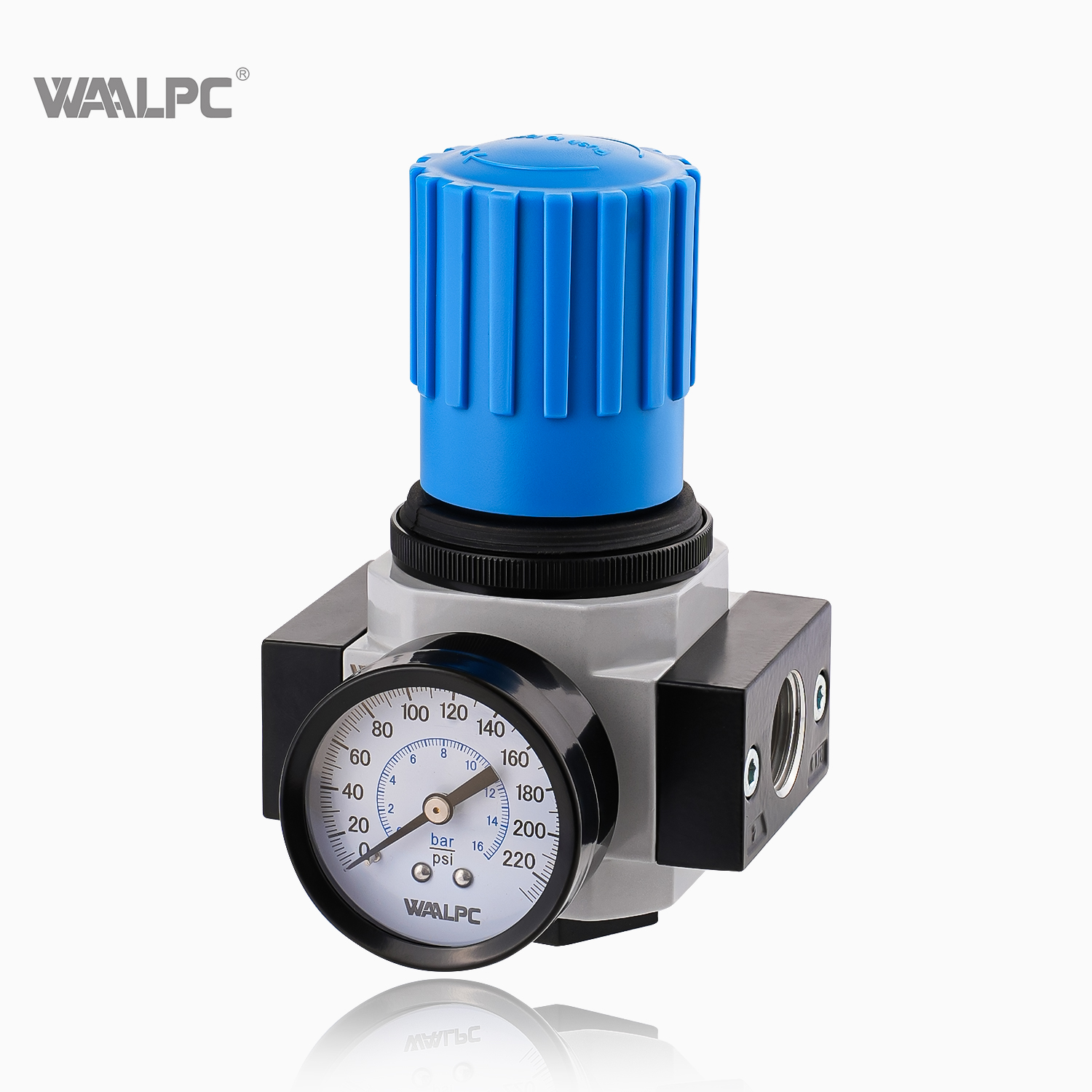
| Parameter | Description | Example |
| Pressure Adjustment Range | Output pressure range (e.g., 0.5–10 bar for medium-duty regulators). | Festo MS6-LR: 0.5–16 bar |
| Regulation Accuracy | Deviation from set point (e.g., ±0.5% FS for pilot-operated models). | SMC IR3020: ±0.2% FS |
| Flow Capacity | Maximum flow rate (SCFM/L/min) without significant pressure drop. | Norgren V60: 2000 L/min at 8 bar |
| Inlet Pressure Range | Acceptable input pressure (e.g., 2–16 bar for industrial regulators). | Airtac AC2000: 1.5–10 bar |
| Temperature Resistance | Operating temperature (-40°C to +80°C for harsh environments). | Mental Serie AR2000: -40°C to +120°C |


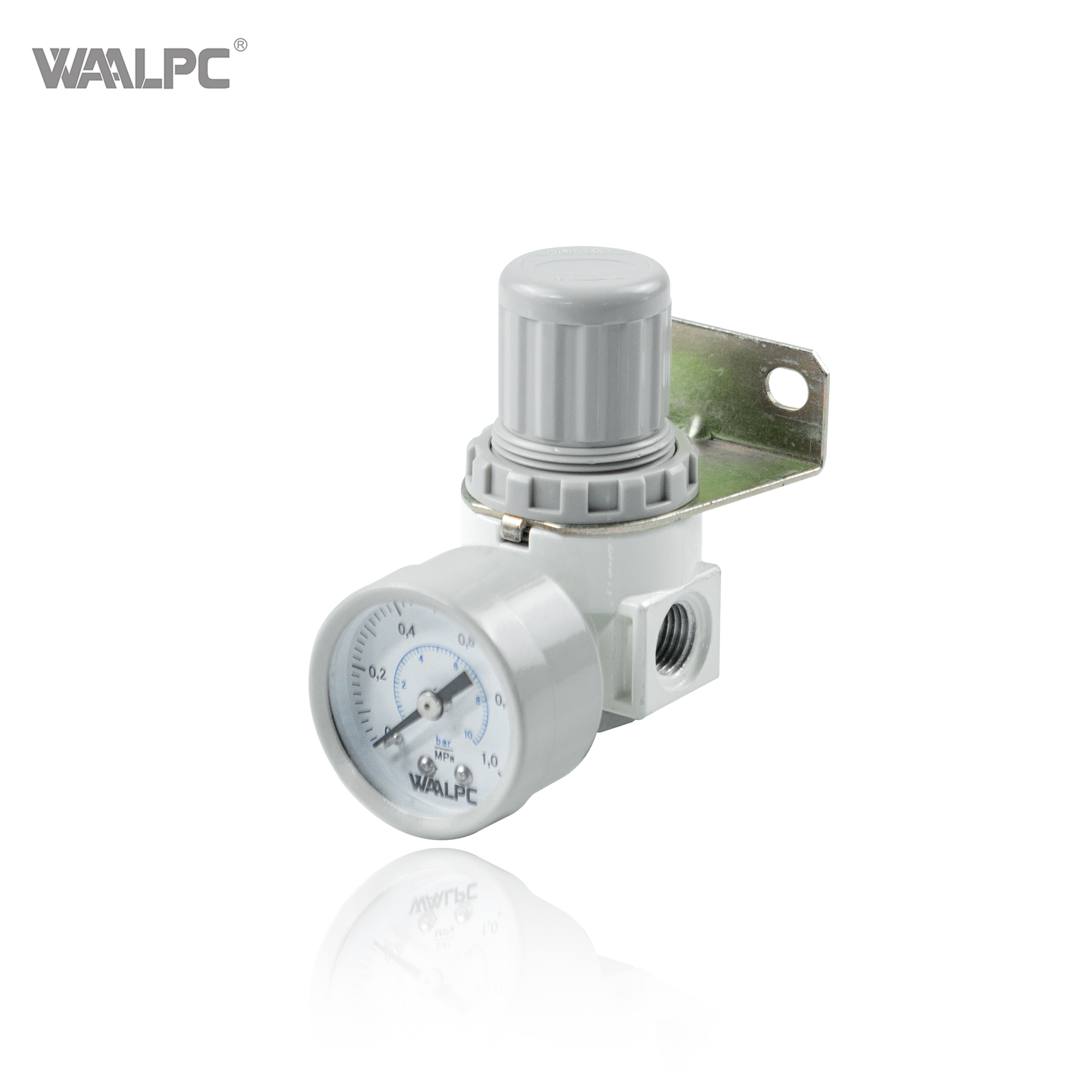
Installation Tips:
Upstream Filter: Install a 5μm filter to protect regulators from dust and oil contaminants, as seen in a chemical plant where unfiltered air caused diaphragm failure within 3 months.
Space for Access: Leave 10cm clearance around regulators for gauge reading and adjustment, critical in a paper mill where hard-to-reach regulators caused 2 hours of downtime during maintenance.
Leak Testing: Use soap bubble tests on threaded connections; a food factory reduced air leaks by 80% after adopting this practice.
Maintenance Tips:
Gauge Calibration: Verify gauges annually with a digital manometer; a packaging plant improved pressure consistency by 50% after replacing faulty gauges.
Seal Replacement: Replace NBR seals with FKM in oil-rich environments (e.g., plastic injection molding), extending regulator life from 1 year to 3 years.
Lubrication: Use silicone-based grease for moving parts (if recommended), reducing friction in a construction machinery fleet and lowering maintenance calls by 40%.
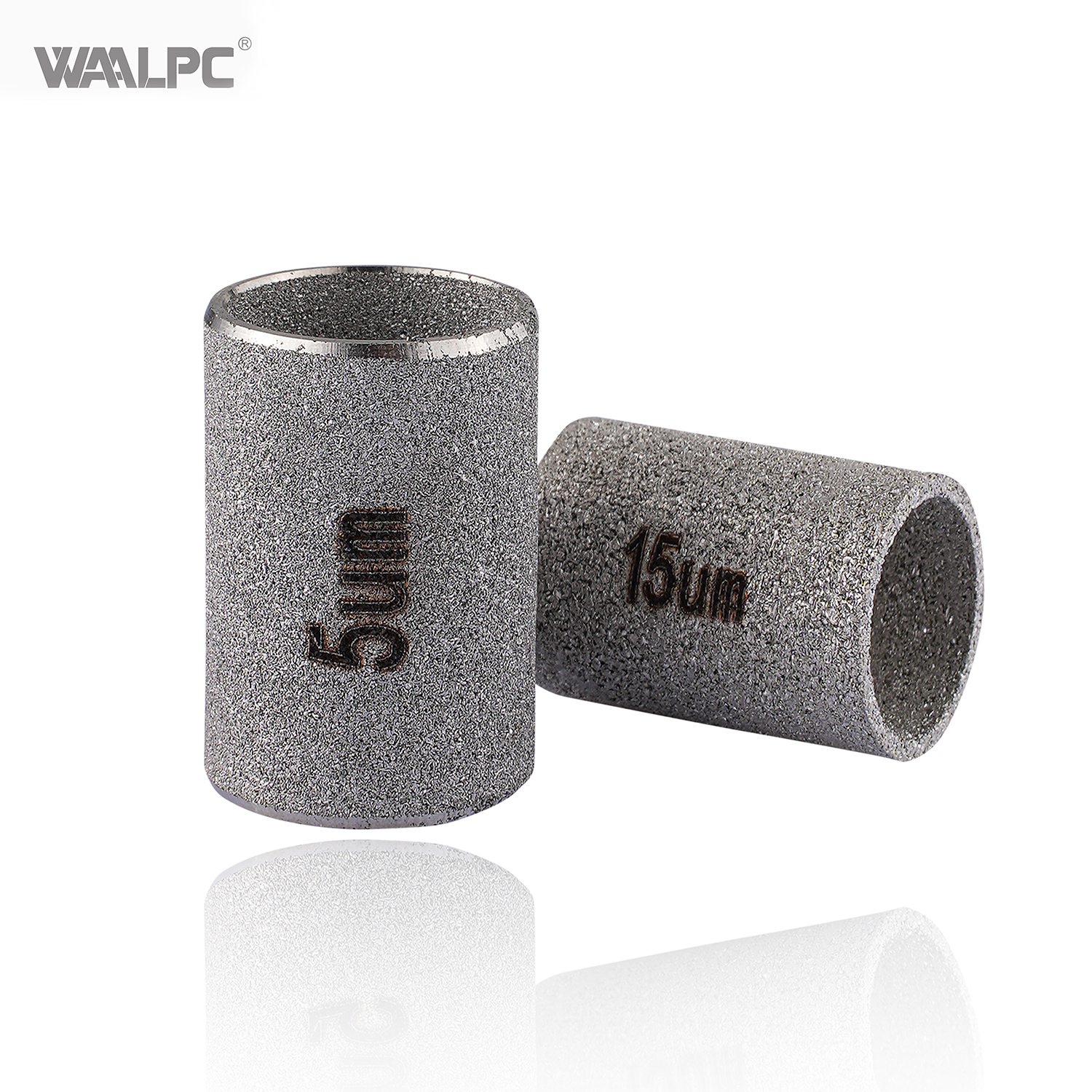
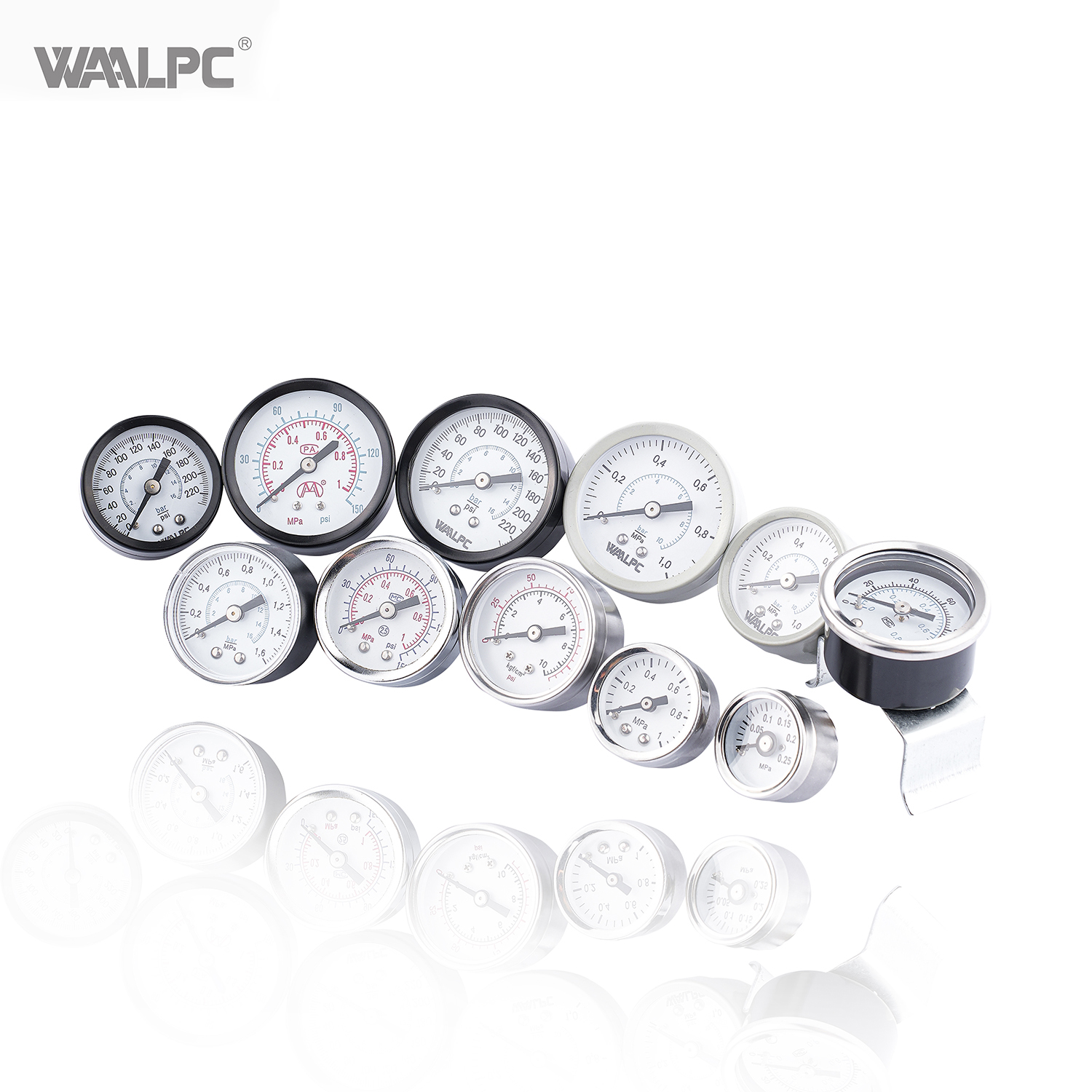
Define Requirements:
A craft brewery needs a low-pressure regulator (0–30 PSI) for keg carbonation, while a steel mill requires a high-pressure model (200 PSI) for blast furnace pneumatics.
Environmental Fit:
Select stainless steel regulators (e.g., 316L for marine applications) or FDA-compliant models for food processing.
Precision vs. Cost:
Direct-acting regulators suffice for a small woodworking shop, while pilot-operated models are essential for aircraft component testing labs requiring ±0.1% accuracy.
